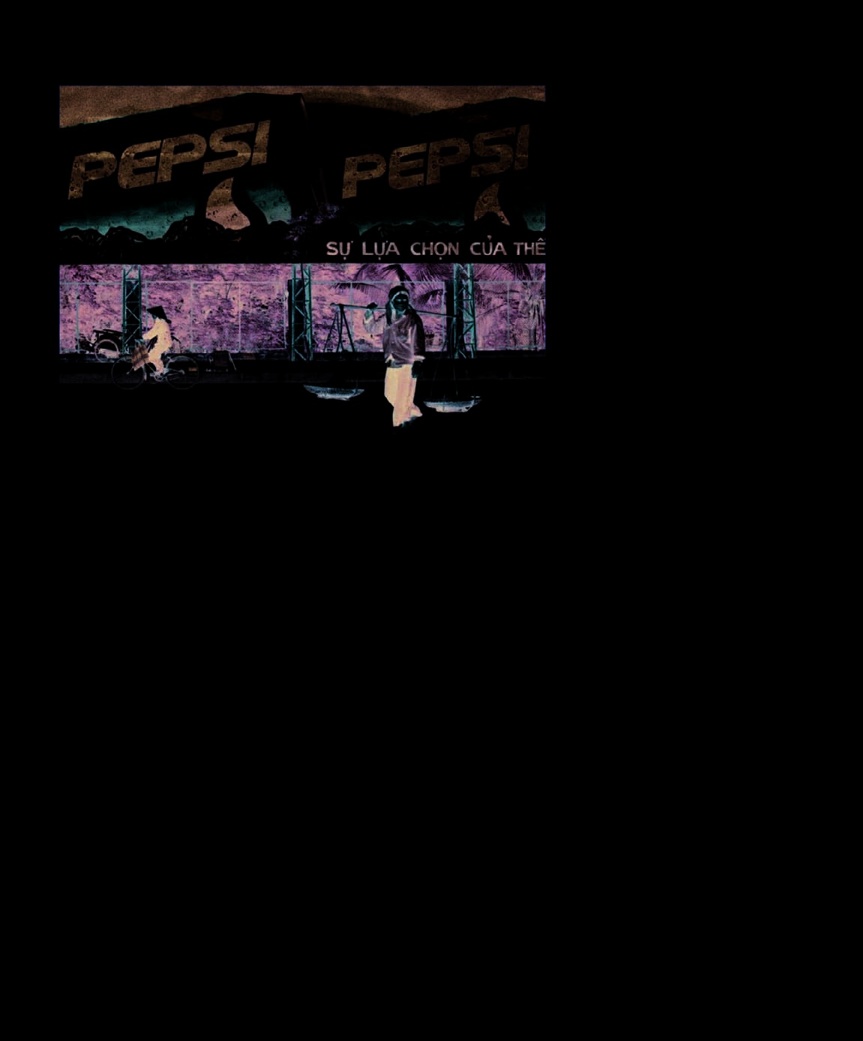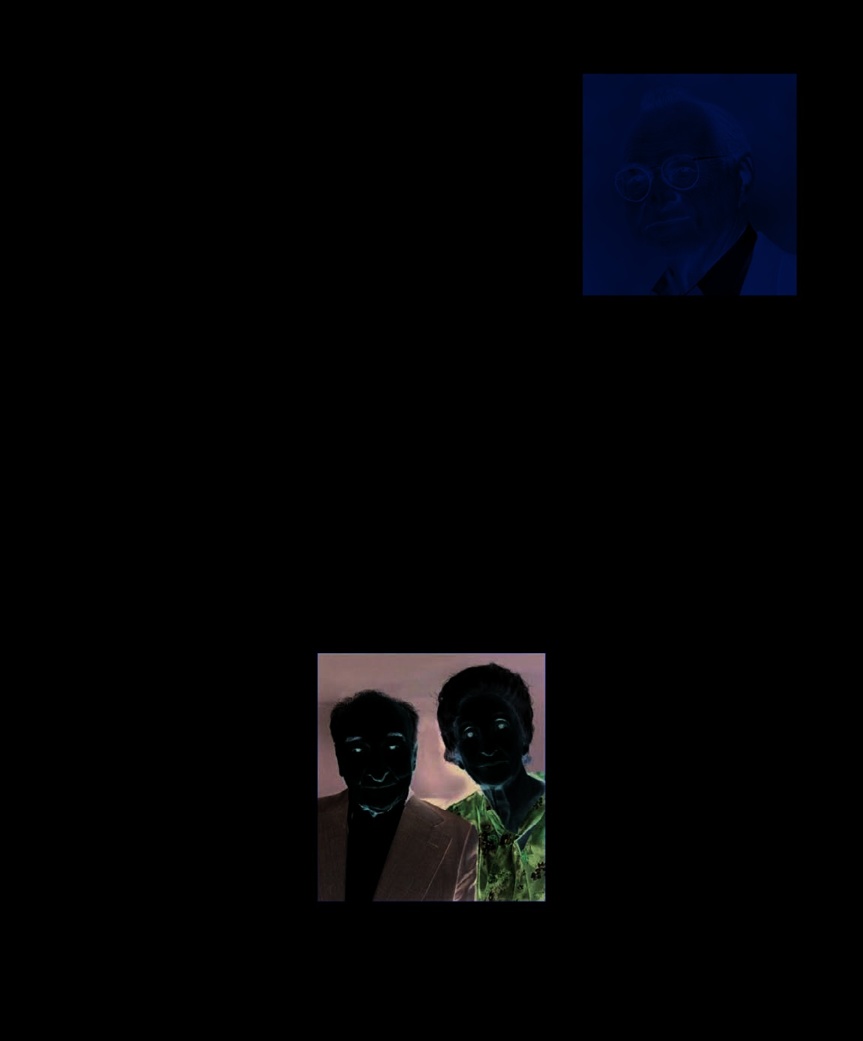The Psychology Book (73 page)
Read The Psychology Book Online
Authors: Unknown

that a person experiences in the
explanations of human behavior
effect,” which is arguably his best-
presence of something familiar.
on environmental factors. However,
known contribution to the field of
However, Titchener’s hypothesis
the Polish-born psychologist Robert
social psychology.
was rejected at the time, and the
Zajonc believed that to develop a
idea faded into relative obscurity.
more complete understanding, it
Familiarity experiments
Zajonc’s interest in the effect
is necessary to take into account
Mere exposure, Zajonc explained,
was aroused by a newspaper article
the functions of the mind as well.
simply refers to a condition in
that described a curious experiment
Zajonc’s main interest was in the
which the given stimulus is
that took place at Oregon State
relationship between feeling and
accessible to the subject’s
University in 1967. The article
thought—the intersection of
perception, either consciously or
stated that a “mysterious student”
emotion and cognition—and he
subconsciously. The effects of mere
had been attending class for two
devoted much of his career toward
exposure had been documented
months, enveloped in a black bag.
exploring which of these factors has
previously by the psychologist
The professor, Charles Goetzinger,
a stronger influence on behavior. To
Edward B. Titchener who, in
knew the identity of the person

SOCIAL PSYCHOLOGY 233
See also:
Leon Festinger 166–67 ■ Edward B. Titchener 334 ■ Stanley Schachter 338
Zajonc’s 1968 experiment
tested the mere exposure
effect by showing people
slides of symbols with
uneven rates of repetition;
the more frequently someone
saw a symbol, the more
they claimed to like it.
inside, but none of the class had any
This increases with exposure: the
affectionate feeling is not based
idea who it might be. Goetzinger
greater your number of exposures
on reasoned judgement. This is
then observed the class to gauge
to something, the more affection
contrary to what most of us might
their reactions over time. Initially,
you will feel toward it. To put it
imagine to be the case.
the students treated the black bag
simply, “the more you see it, the
In a paper called
Feeling and
with hostility, but this softened in
more you like it.”
Thinking
, written in 1980, Zajonc
time and they were eventually
Researchers into the mere
argued that feelings and thoughts
friendly and even protective toward
exposure phenomenon since Zajonc’s
are actually very independent of
the person in the bag. Goetzinger
experiment have found that it is
one another. Feelings not only
noted that the students’ attitude
even possible to re-create this effect
precede thoughts during a person’s
gradually “changed from hostility
using sound rather than images. In
complex response to a stimulus,
toward the black bag to curiosity
1974, the social psychologist D.W.
but are actually the most powerful
and finally to friendship.”
Rajecki used fertile chicken eggs
determinants of a person’s attitudes
Zajonc’s groundbreaking paper,
as test subjects, playing tones of
and decisions. This paper was widely
Attitudinal Effects of Mere Exposure
,
different frequencies to different
debated, and it helped to bring
was published in
The Journal of
groups of eggs before they hatched,
the study of emotion back to the
Personality and Social Psychology
and then playing these tones to
forefront of Western psychology,
in 1968. Zajonc’s paper describes a
both groups of chicks again after
in part because the theory bears ❯❯
series of experiments in which he
hatching. Without exception, the
showed participants a sequence of
chicks preferred the tones that had
random images—geometric shapes,
been played to them prenatally.
Chinese symbols, paintings, and
pictures of faces—that were flashed
Preferences are not rational
in front of them so rapidly that they
Zajonc’s findings indicate that this
were unable to discern which were
preference for familiar things is
Novelty is commonly
shown repeatedly. When subjects
based purely on the history of
associated with
were later asked which images they
exposure to it, and is not affected
uncertainty and conflict—
preferred, they consistently chose
by a person’s expressed personal
states that are more
the ones to which they had been
beliefs or attitudes. This holds true
likely to produce negative
most frequently exposed, although
even when exposures take place
than positive affect.
they were not consciously aware of
only on the subliminal level, when
Robert Zajonc
this fact. What Zajonc seemed to
subjects are completely unaware
have discovered was that familiarity
that they are being presented with
brings about an attitude change,
a stimulus. This discovery led to
breeding affection or some form of
Zajonc’s claim that “preferences
preference for the familiar stimulus.
need no inferences,” meaning that

234 ROBERT ZAJONC
The advertising industry
has always attributed to
exposure formidable
advertising potential.
Robert Zajonc
Repeated exposure to a brand
can create a liking for it, even when
it is presented without any factual
information and requires no decision-
making from the person viewing it.
important implications for the study
have already made, rather than
effect,” the way we tend to form
of decision-making processes. It
actually serving to inform the
friendships or romantic relationships
suggests that, contrary to what we
choice in the first place.
with people we see regularly. One
may believe, it is not reason and
Zajonc concludes that “affect
explanation for this focuses on
logic that guide our decisions; in
is always present as a companion
evolution: when animals are
fact, we make fast, instinctive,
to thought, whereas the converse
exposed to something for the first
emotion-based decisions before we
is not true for cognition.” We can
time, they often respond with fear
have even had a chance to consider
never think about something
and aggression, but repeated
the choice cognitively—we make
without a feeling attached; as
exposures—during which the
judgments without information. If
Zajonc says, we do not just see
animal realizes the perceived threat
this is true, it follows that our
“a house,” we see “a handsome
does not materialize—lead to a
logical reasoning merely justifies
house” or “a pretentious house.”
reduction in negative responses.
and rationalizes the decisions we
Every perception we have contains
Zajonc explored this notion further
some affect, or feeling. The primacy
with human subjects, discovering
of affect over cognition is also
that people form very negative
apparent in memory, he says, as
attitudes toward an imaginary
Frederick Bartlett noted in his book,
group of unfamiliar people,
Remembering
: “When a subject is
attributing unpleasant qualities
being asked to remember, very
to them for no apparent reason
The form of experience
often the first thing that emerges is
other than the fact that they are
that we came to call
something of the nature of attitude.”
complete strangers. However, as
“feeling” accompanies
with shapes and symbols, repeated
all cognitions.
Interpersonal attraction
exposure is shown to increase
Robert Zajonc
The impact of the mere exposure
trust and affection.
effect extends beyond the confines
Another explanation for the
of the laboratory, and out into the
propinquity effect focuses on
area of interpersonal attraction. In
the many factors involved in
this context, the phenomenon is
interpersonal attraction, which
referred to as the “propinquity
include familiarity, similarity of

SOCIAL PSYCHOLOGY 235
attitudes, physical attraction, and
colleagues, he conducted a study
reciprocal affection. Frequent
to find out whether the faces of
interactions between people may
spouses appear more similar after
not only increase the level of
25 years together. They compared
familiarity, but also provide an
photographs of couples taken
increasing impression of similarity,
during their first year of marriage
thereby breeding positive feelings
with those taken 25 years later,
and ultimately attraction.
and found that couples looked more
alike after many years of being
Exposure and advertising
together. After ruling out several
Advertising is another arena in
other potential explanations, the
which the mere exposure effect
researchers decided that empathy
plays a crucial role, although the
was the most likely cause. Time
picture here is less clear. Research
had increased the couple’s empathy
Robert Zajonc
seems to suggest that repeated
for each other, and since human
exposure to a brand or corporate
emotion is communicated through
Robert Zajonc was born in
Lodz, Poland. When he was
name would boost sales, but this
facial expressions, they may have
16 his family fled to Warsaw
assumption is evidently overly
